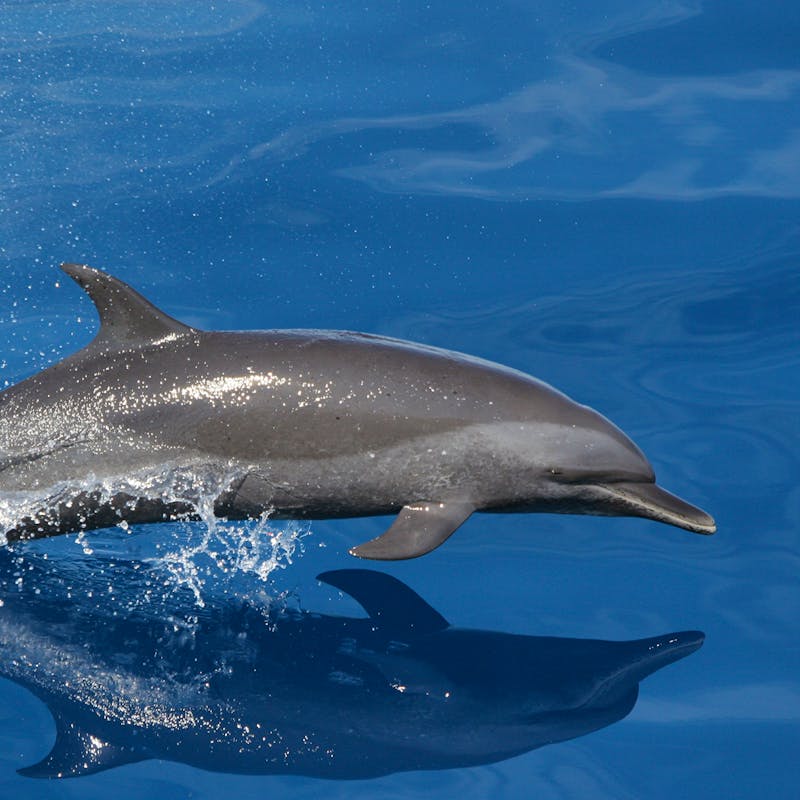New report reveals surprising supplier of shocking illegal wildlife trade into the United States: Latin America
Originally published on Huff Post Green
When we hear the words “wildlife trafficking,” we usually think of elephants and rhinos shot for their ivory or horns, or tigers killed and smuggled across the borders of faraway countries for their skins or for use in traditional Asian medicines. The illegal wildlife trade is something we imagine happening thousands of miles away, a serious but distant problem. But the fact is that the United States itself is a massive illegal wildlife black market, valued at about $2 billion dollars a year.
Defenders of Wildlife took a deeper dive into this issue and has released a report called “The Importance of United States Law Enforcement in Combating Wildlife Trafficking,” focusing on an often-overlooked region of the world with regards to wildlife trafficking, Latin America, which for purposes of this study included Mexico, the Caribbean, Central America and South America. The report lays out some startling facts about the wildlife being impacted, the illegal trade routes bringing smuggled wildlife products into this country, and the serious lack of financial resources dedicated to combating wildlife smuggling at our borders and ports of entry.
One of the tragic revelations in this report is that 20 percent of the contraband species seized by Fish and Wildlife Service Law Enforcement were identified are threatened with extinction due to trade and protected under Appendix I of the Convention on International Trade in Endangered Species (CITES), which bans all commercial trade in species on that Appendix. We found that the most commonly trafficked animals from Latin America include queen conch, sea turtles, caimans, crocodiles and iguanas. These species are being turned into boots, belts, hairpins and other souvenirs for the U.S. market and beyond. In other cases, their meat and eggs are being smuggled in for human consumption. Each item seized represents a loss for the particular animal, its species and its habitat. This trafficking is wreaking havoc on Latin America’s native imperiled wildlife. And it underscores an even bigger issue: the consumption of illegal wildlife in the United States is contributing to the loss of species not just in Latin America, but all over the world.
The report also shows that the U.S. Fish and Wildlife Service Law Enforcement Program is tragically underfunded to address this crisis. The Office of Law Enforcement has the funds to employ only 130 wildlife inspectors nationwide to process legal wildlife shipments, intercept illegal wildlife shipments and enforce national and international wildlife protection laws. There are 328 ports of entry into the United States, and Fish and Wildlife Service wildlife inspectors only have a part-time presence at 64 of them, and permanent staff stationed at 38 ports. Our ports are like Swiss cheese, with massive holes in them for traffickers to step right through.
As a former director of the U.S. Fish and Wildlife Service (FWS), I know firsthand the challenges the agency faces in its efforts to stop the flow of smuggled wildlife and wildlife products across our borders. I also know how dedicated and committed the agency’s wildlife inspectors and special agents are to stopping wildlife crimes. But they need both political and financial support from the country to succeed. With the proper resources, the agency can be a force for change. While I was director, we ramped up efforts to keep illegal caviar from endangered sturgeon in Russia out of the country. Our efforts led to the shutdown of a huge trafficking ring that had illegally smuggled and sold more than 21,000 pounds of caviar for millions of dollars in a mere seven months. This is just one example of the great work Service inspectors and special agents can do with adequate resources. Wildlife trafficking is a multi-billion dollar industry. President Obama has called it an international crisis, and we need to treat it like one.
If we’re ever going to put a stop to the smuggling of illegal wildlife, we’ve got to make the United States an unappealing target for traffickers. We need to make sure our ports of entry have adequate capacity for the detection and deterrence of illegal shipments at our borders and treat wildlife trafficking as a serious crime. Educating consumers on what to look for to avoid illegal items is an important part of this process.
You can do your part to stop the illegal wildlife trade by being a smart consumer. Do not purchase items or eat foods that may contain illegal wildlife or derivative parts. Ask before you purchase:
• What is this product made of?
• Where did it come from?
• Was it acquired legally and can you show that ?
• Do I need any special documents or permits to take this item home?
When in doubt, rule it out!
It’s time to end the United States’ shameful consumption of illegal wildlife. But it will take all of us working together to eliminate this trade before many of the world’s most treasured species disappear.





